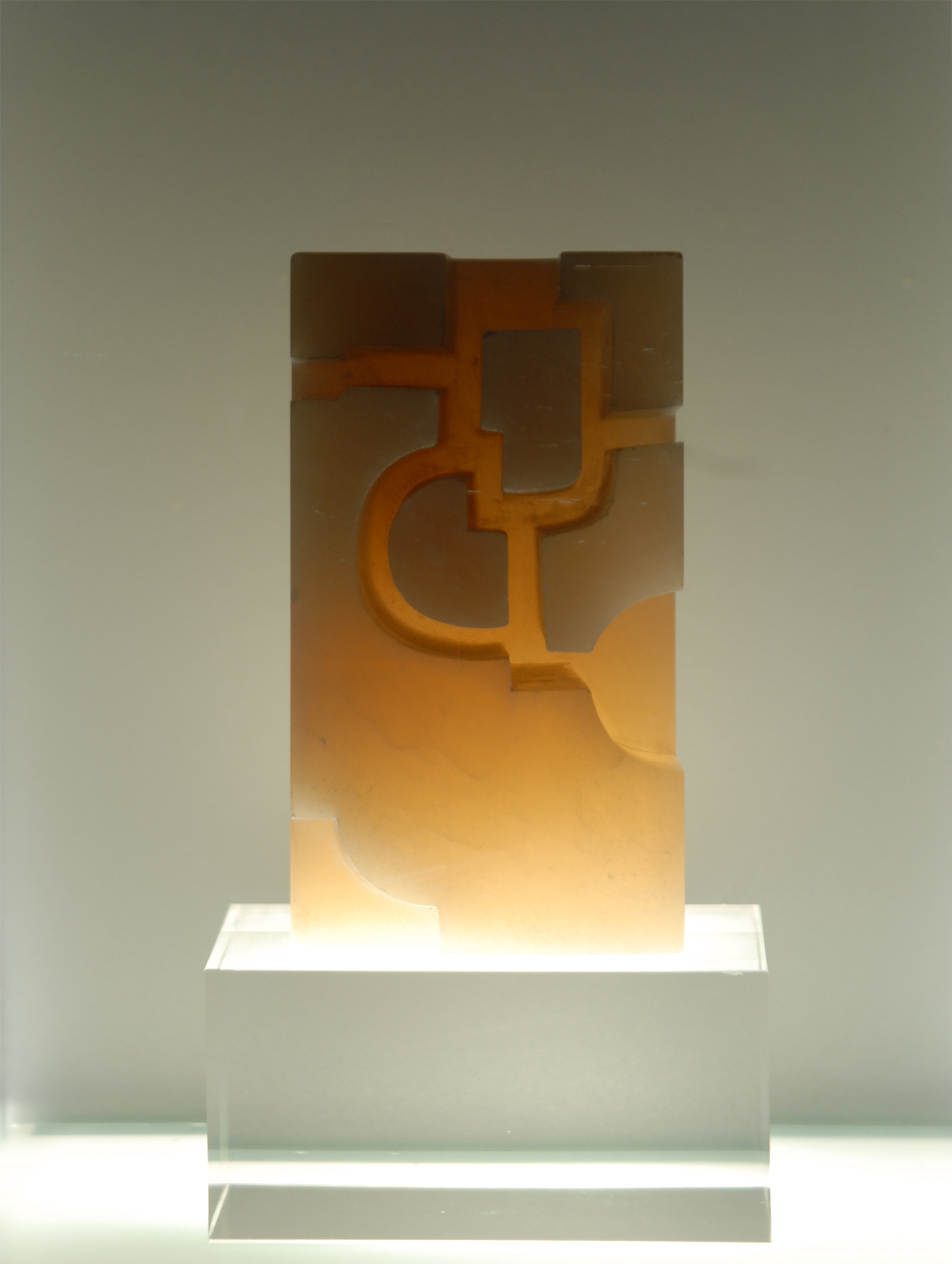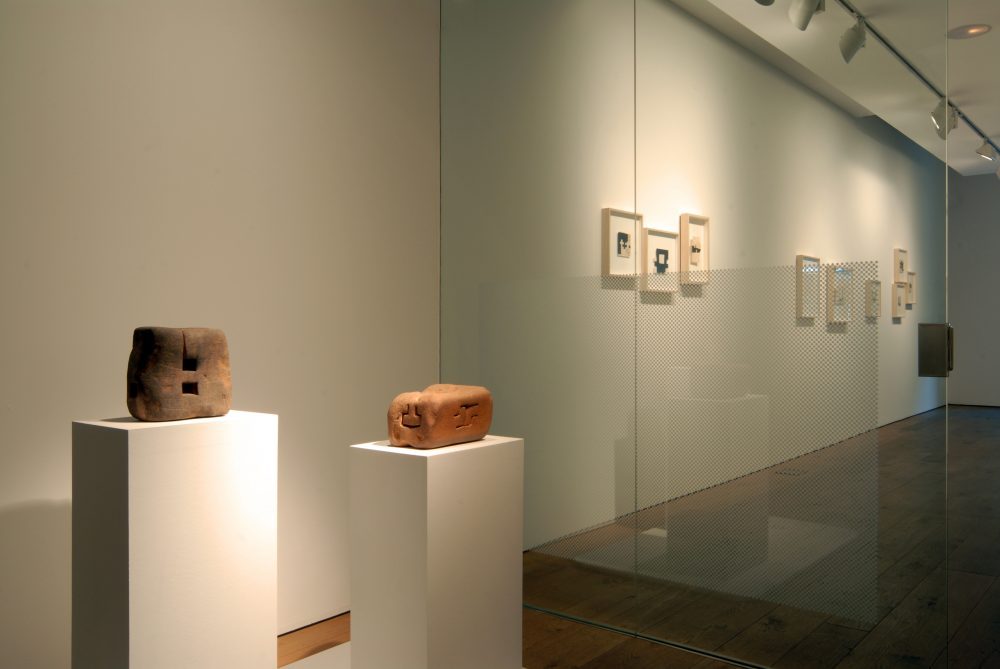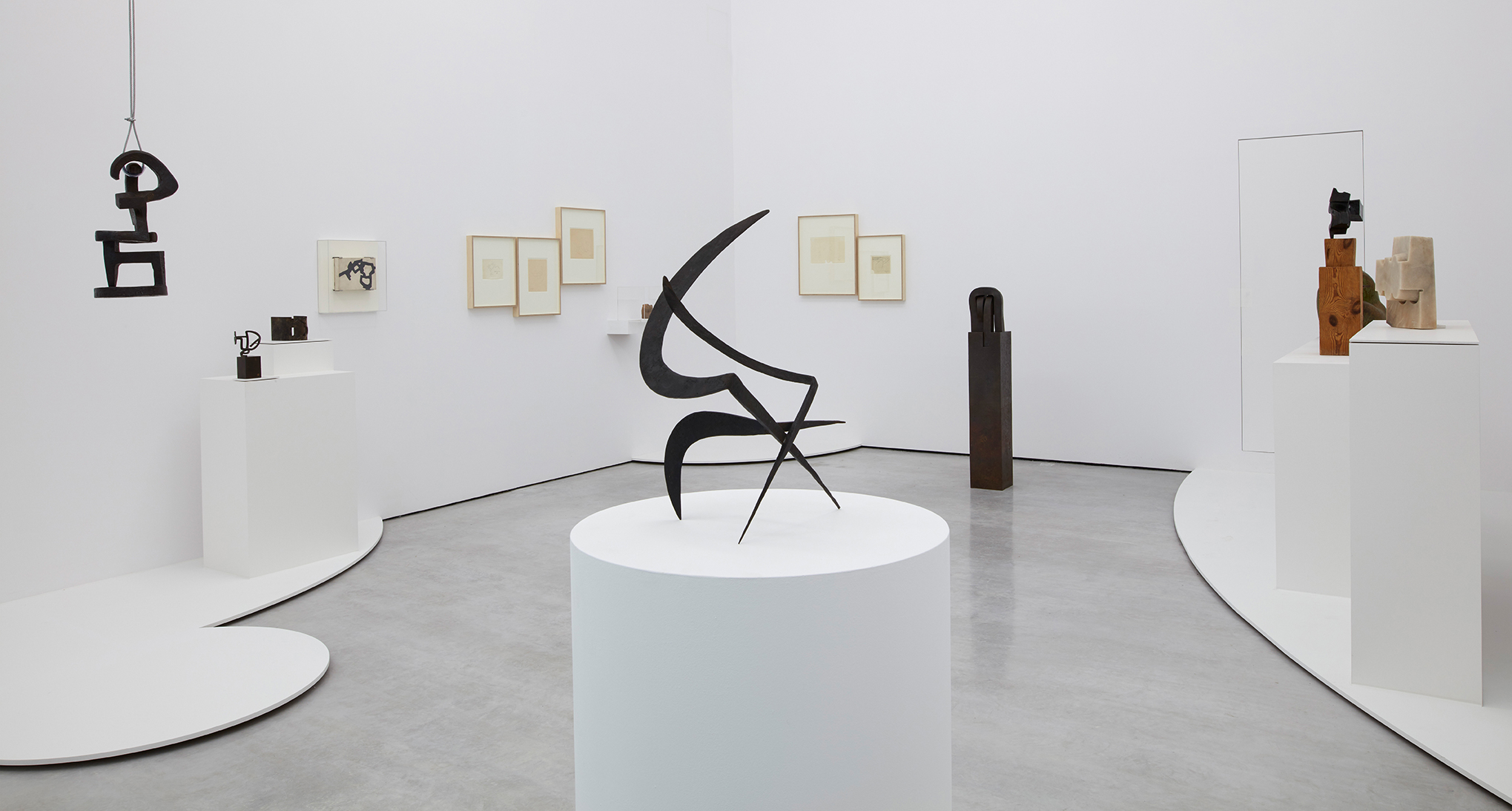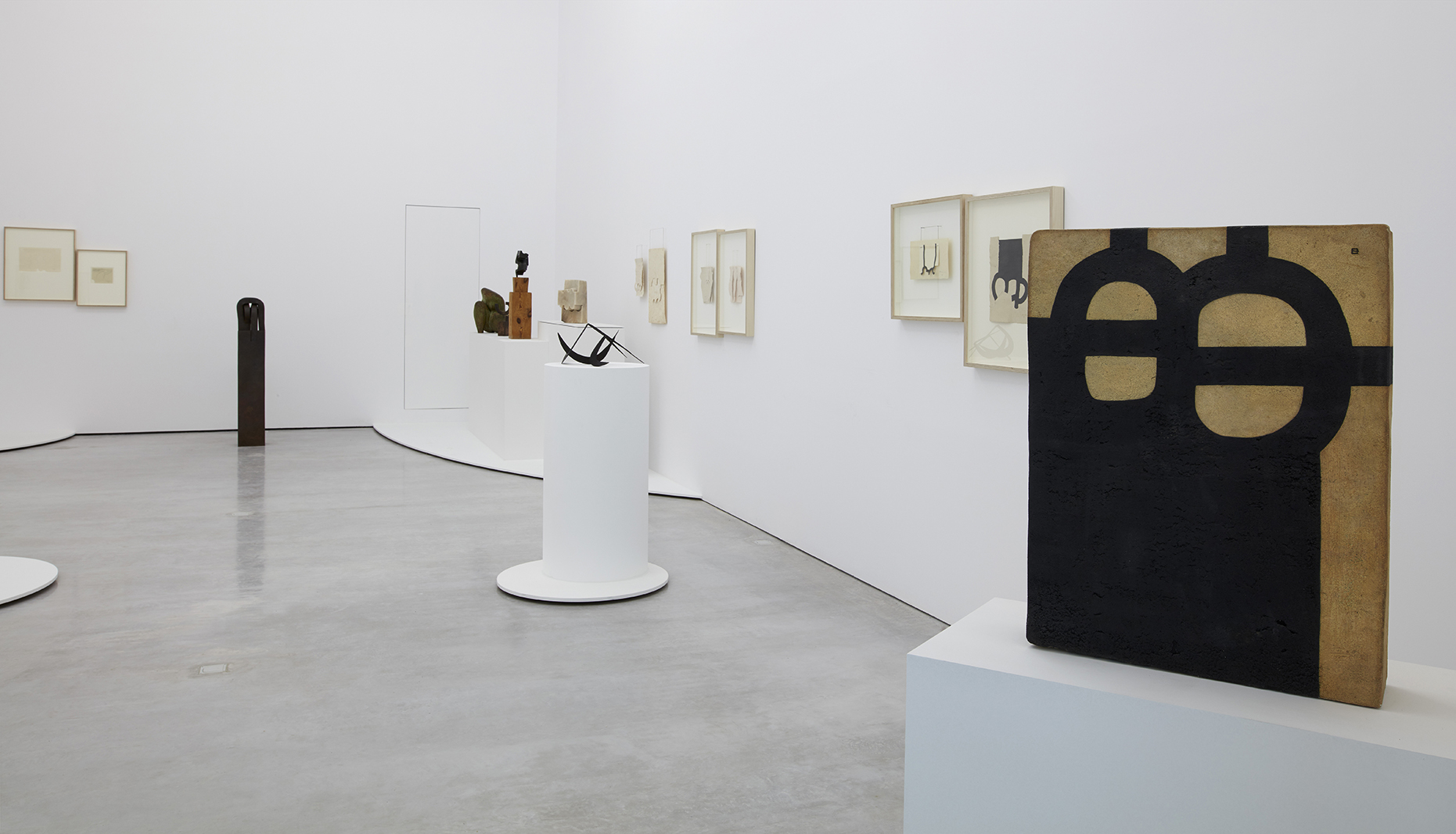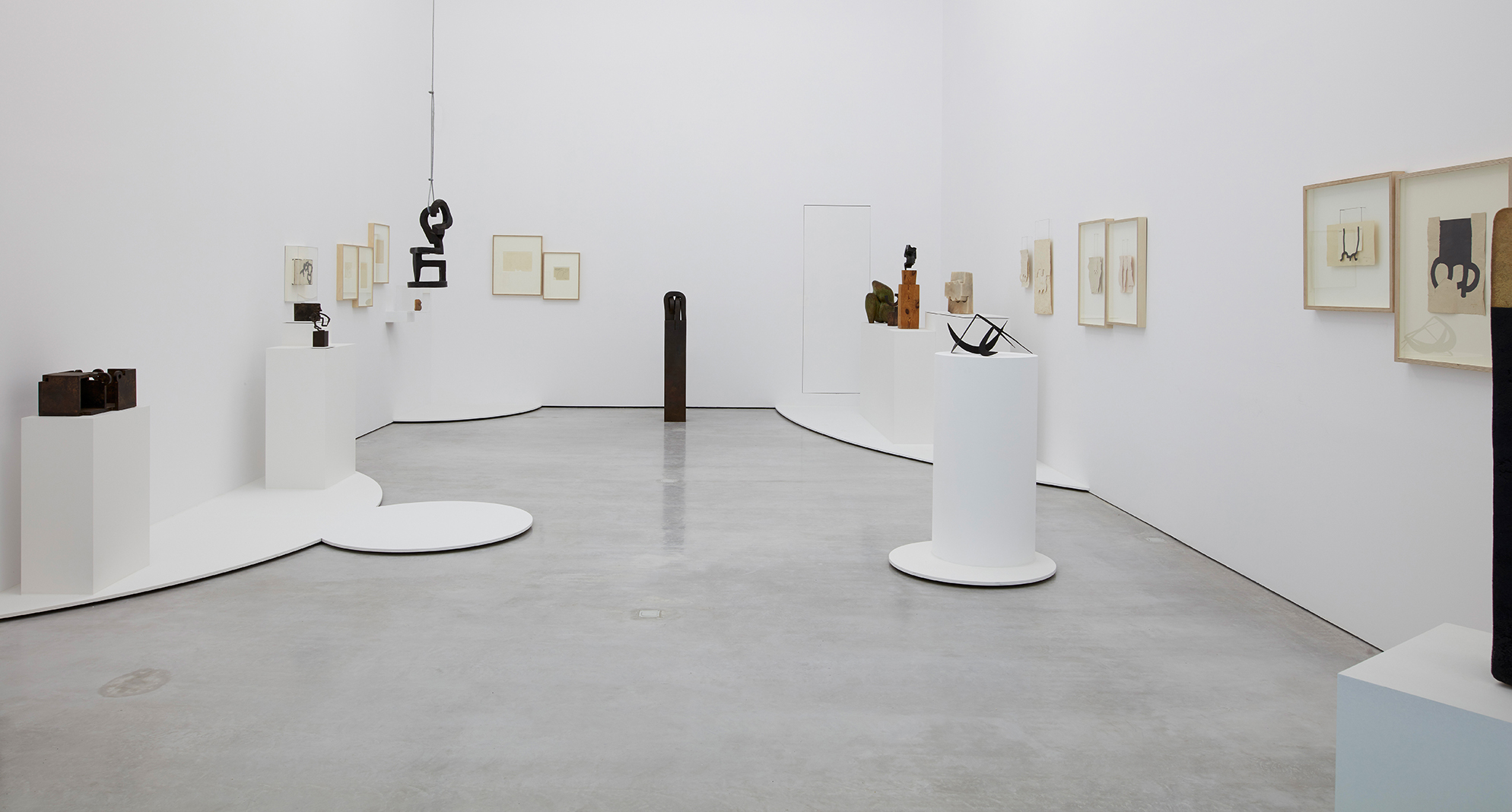Eduardo Chillida was born in San Sebastian in 1924. At the age of nineteen he began his architecture studies in Madrid, which, however, he later abandoned to dedicate himself to sculpture and drawing, attending lessons at the Circulo de Bellas Artes in Madrid.
His artistic activity began in 1948, when he moved to Paris. In Paris, he had the opportunity to meet, among other relevant artists, Pablo Palazuelo. In 1951, he returned to San Sebastian where, over the years, he started to work in the Hernani forge. This experience was fundamental, as it gave him the opportunity to discover the use of iron and the plastic capacity of this material.
In 1981, he was awarded the Gold Medal of Merit for Fine Arts in Madrid. In 1987, he was awarded the Prince of Asturias Award for the Arts.
His early works move within figuration, but he soon began to investigate with abstraction, turning the void into an essential element of his work in order to explore the limits of space. In his work, the use of the concave curve predominates, this shows his interest in introducing space into sculpture, a space that is uncovered and acquires its own identity through the inner tension created by matter.
In 2000 the artist inaugurated the Chillida-Leku Museum, in Zabalaga country house. The Museum maintained the traditional identity of the Basque country house in which there is an exceptional dialogue between the works and the environment.
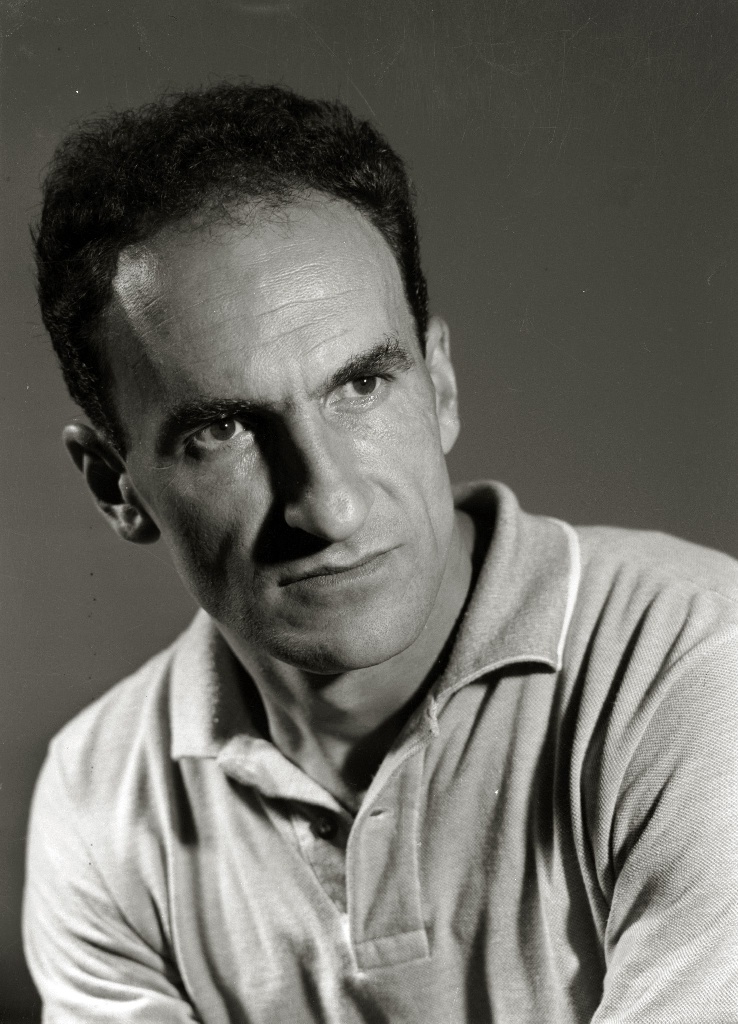
GALLERY EXHIBITIONS

